Different Types of Plumbing Traps
Important Point
Floor Trap or Nahni Trap
A floor trap or Nahni trap is used in the bathroom, kitchen sink, wash basin, wash area, etc places to collect wastewater. As appeared by the name, this kind of trap is situated on the floor.
The diameter of a floor trap or Nahni trap is usually made of 80 millimeters. The depth of the water seal that is provided in it is 50 millimeters.
Its length of it is 310 millimeters with a 30-millimeter diameter at the outlet end and an 80-millimeter minimum at the inlet end. Outside the outlet of a floor trap, the diameter is 73 millimeters.
Floor traps prevent the foul gases which form in the drainage and sewer from entering the house. It builds a water seal and this water seal stops the foul gases from entering the house and causing a bad odor.
Floor traps are available in many materials. You can find floor traps made of UPVC, PVC, and CI. They do not have a vent pipe but at the top of the traps, a removable grating is provided.
The size of the grating is 95 millimeters. The grating contains 8-millimeter holes at the top. These types of traps come in a different variety of sizes, shapes, and outlet conditions.
Many floor traps do not have any water seals. These floor traps have a rough and non-uniform bore. Due to the poor design of floor traps, they are a major source of leakages.
The casting and quality may also be poor in these floor traps. To prevent this and provide a positive joint deal seal P traps are used with multi-inlet traps with connections from the wash basins.
Also Read: 36 Different Types of Plumbing Valve
Gully Traps
Before connecting the drainage pipe with the city sewer system a gully trap is provided outside of the building. It also collects wastewater from the wash basin, kitchen sink, bath, and wash area.
The total depth of a heavy cast iron gully trap shall not be less than 30 centimeters or 1 foot. The weight of the cast iron gully trap shall be around 7.25 kg. The weight of the frame is nearly 2.72 kg and the weight of the cover is nearly 4.53 kg.
A gully trap is provided to prevent the foul gases formed in the city sewer system from entering the house. It blocks the gases by the water seal inside it. The water seal is a little deep and the depth is nearly 50 millimeters.
The gully traps also prevent bugs and insects from the sewer system from entering the house. With a minimum water seal of 50 millimeters, the total depth of water shall not be less than 15 centimeters.
Every gully trap should have a cast iron grating of 15 centimeters × 15 centimeters and it must be embedded in the concrete foundation perfectly and in a brick masonry chamber, it must be housed.
Plaster the chamber well and fix one airtight and watertight cover over the frame of inside dimensions of 30 I’m × 30 cm. Gully traps receive sullage from wash basins, kitchen sinks, and baths and they pass it onto the sewing.
If a gully trap is installed then it is unnecessary to install individual traps for kitchen sinks, washbasins, and baths. To prevent choking gully traps need to be cleaned regularly.
P Traps
- This type of trap is utilized with the Orissa pattern Indian water closet.
- P traps are made of either UPV sheet or cast iron.
- P traps also have a water seal which prevents sewer gases from entering.
Q Traps
- The utilization of q traps takes place in the submerged latrine storage room.
- The shape is a little different from S traps.
- Q traps are used in the upper story.
Also Read: Which Cement Is Best for House Construction | Different Types of Cement and Use
S Traps
- These traps are shaped like the English alphabet ‘S’.
- To fix the water closet of the latrine, these traps are used.
- S traps are used for an outlet through the floor.
Bottle Traps
- Bottle plumbing traps are set to the washbasin, kitchen sinks for collecting squander from those.
- In different types of machines where the apparatus does not have an underlying trap.
Also Read: Different Types of Washers
Intercepting Traps
- Intercepting traps are used in the interceptor chamber or interceptor manhole. It is utilized at the interception of the building sewer and city sewer.
- Intercepting traps stop from entering foul gases of the sewer system into the building by providing a good water seal.
- The depth of the water seal in intercepting traps is 100 mm. This deep water seal also prevents bugs and insects from entering the house.
Grease Traps
- To separate grease from liquid and then retain it, grease traps are used.
- These are installed at the waste pipe from one or more fixtures.
What Is a Plumbing Trap?
A plumbing trap is a device that allows waste material to pass through but stops foul gases from entering the house by providing a water seal.
These devices are shaped with a bending path. plumbing traps are usually S, Q, P, and J shaped. The most common and most used among these is P shaped.
Sewage creates many foul gases like carbon monoxide, sulfur, methane, etc which are injurious to health. The process of producing these gases in sewers can not be stopped but we can prevent these gases from entering the house by using a plumbing trap.
Traps in Drainage System
In plumbing, a trap is a U-shaped portion of pipe designed to trap liquid or gas to prevent unwanted flow; most notably sewer gases from entering buildings while allowing waste materials to pass through.
Importance of Traps in Plumbing
Traps create a spot where a small amount of water blocks the drain line and stands between these gasses and the rest of your home. This blocks these gasses and prevents them from entering your home, leaving you to enjoy your home in peace.
2 Main Types of Trap
There are two major categories of traps, and are classified based on how the petroleum accumulates. The two main groups are structural traps and stratigraphic traps.
Floor Waste Vs Floor Trap
Floor wastes are installed to provide drainage for accidental water spillage, and a dry floor waste does not have a water trap. Without a trap, it must not be connected directly to a foul drainage system. A trapped floor waste is similar to a dry floor waste but has a water trap to prevent smells.
What Is an S Trap Vs P-Trap?
The difference between the two traps is simple: the shape. An S-trap flows down from the drain, curves up, then curves back down. The P-trap also flows down from the drain and curves, but the curve finishes on a horizontal pipe that takes the waste out.
Like this post? Share it with your friends!
Suggested Read –
- Plumbing Pipe Dimensions
- How to Get Wet Blood Out of Carpet
- How to Building Construction Process Step by Step
- All About Acacia Woods | Types of Acacia Woods | Advantages of Acacia Woods | Uses of Acacia Wood
- What Is a Bed | How Many Feet Wide Is a Queen Size Bed | Standard Bed Sizes | Mattress Sizes and Dimensions
- What Concrete Mix To Use For Shower Pans | Quikrete Floor Mud | Quikrete Sand/Topping Mix | DIY Concrete Shower Pan Mix | Shower Pan Mix Comparison
Originally posted 2023-05-12 16:28:03.

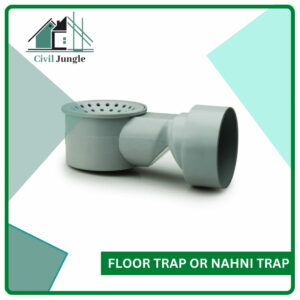
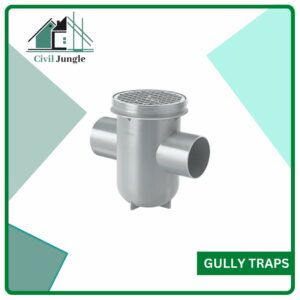
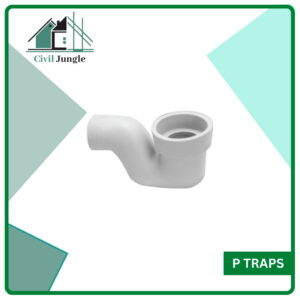
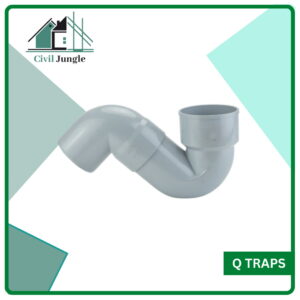
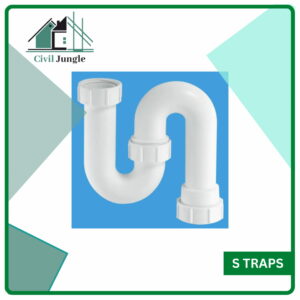
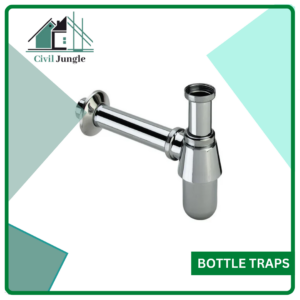
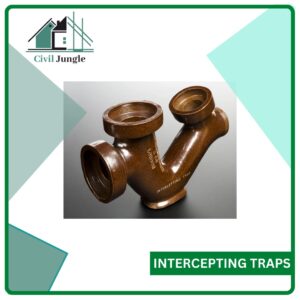
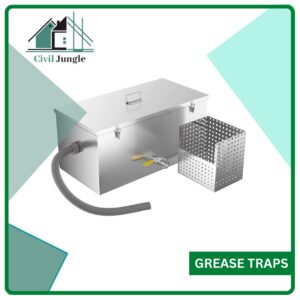
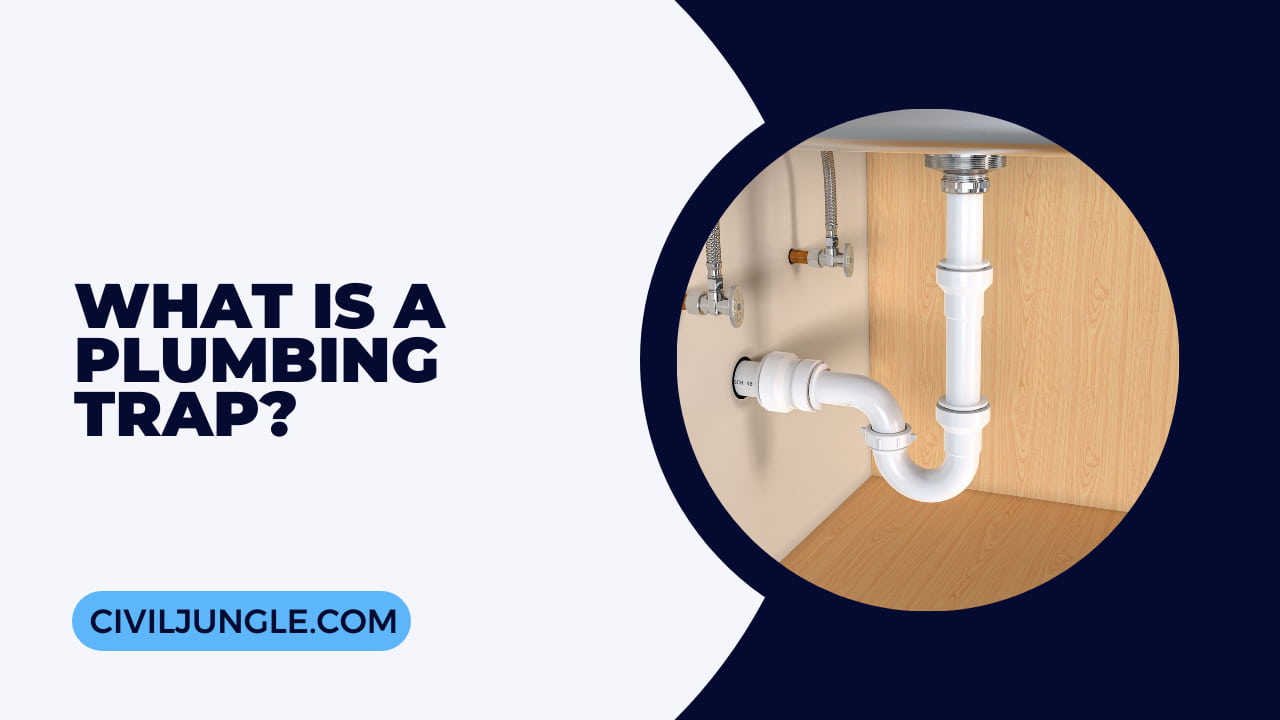

Leave a Reply